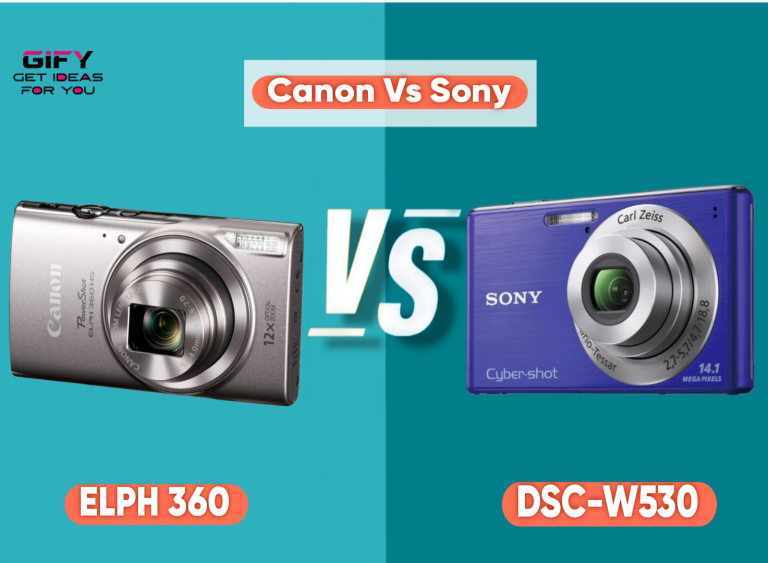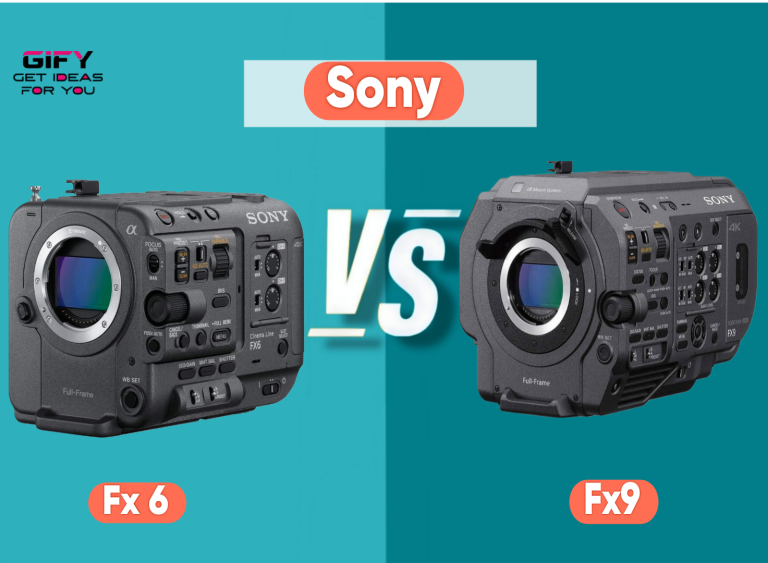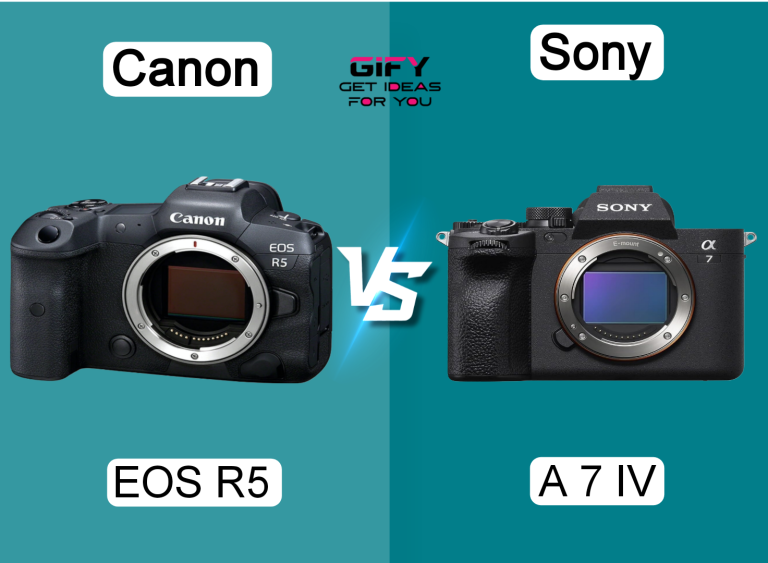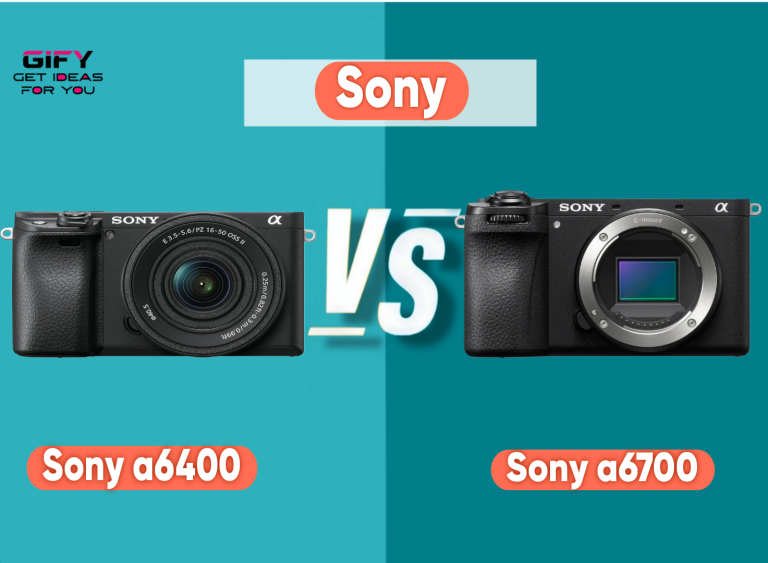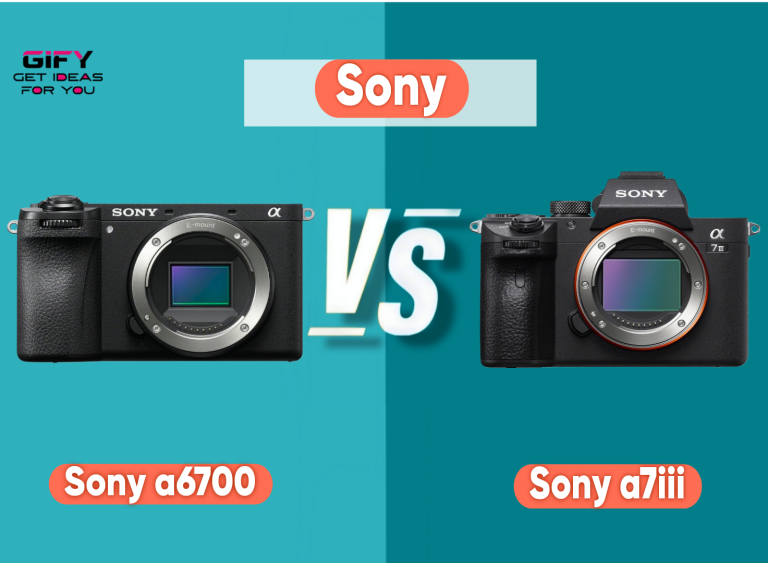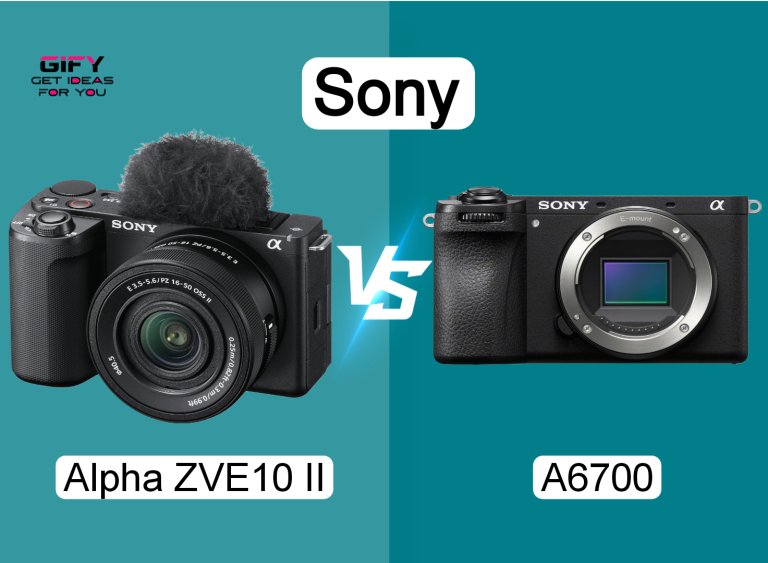sony fx30 vs fx3 is one of the most discussed comparisons among modern filmmakers and content creators. Both cameras come from Sony’s Cinema Line and promise cinematic visuals, flexible workflows, and powerful performance.
However, they target slightly different users, which makes this comparison important. Understanding how they differ in sensor size, performance, video quality, and usability helps you choose the right tool for your creative vision.
The Sony FX30 and FX3 share many professional-grade features, but each brings unique strengths. The FX30 uses an APS-C sensor, offering excellent value and versatility,
while the FX3’s full-frame sensor delivers superior low-light capability and depth of field. This detailed guide covers every key feature — from video resolution and color science to handling and value — so you can decide which camera suits your production style best.
Common Features
Both the Sony FX30 and FX3 share a strong foundation built for cinematic storytelling. Sony designed both models with filmmakers in mind, ensuring reliable performance in various production environments. Here are the main features they share:
- Sensor and Image Quality: Both cameras use advanced Exmor R back-illuminated sensors, delivering excellent dynamic range and reduced noise.
- Low-Light Performance: Dual Base ISO systems ensure clear footage even in dim lighting conditions.
- Depth of Field: Both cameras offer flexible control over depth, enabling smooth cinematic background blur.
- Lens Compatibility: Support for Sony E-mount lenses gives access to a vast lens ecosystem.
- Video Resolution: Each model captures high-quality 4K video with 10-bit 4:2:2 color for professional post-production flexibility.
- 4K 120p Crop Mode: Both support high frame-rate 4K 120p recording with minor sensor crop, ideal for slow-motion shots.
- Stills Resolution: While primarily video cameras, both can capture stills with impressive detail and color accuracy.
- Rolling Shutter Control: Advanced readout speeds help minimize rolling shutter artifacts in fast motion scenes.
- Price and Value: Sony positioned both cameras competitively within the Cinema Line, offering professional features at different price points.
- Weather Sealing: Both cameras have durable magnesium-alloy bodies with dust and moisture resistance for field reliability.
- Included Handle: Each model can integrate an optional XLR top handle for professional audio and better grip.
In short, the FX30 and FX3 share the same creative DNA. They both offer professional codecs, reliable color science, and robust build quality — making them excellent for independent filmmakers, commercial videographers, and content creators.
Sony FX30 – Super 35 Camera
The Sony FX30 brings cinematic video production within reach of more creators. It uses a 20.1 MP Exmor R APS-C (Super 35mm) sensor that captures sharp, detailed footage with a wide dynamic range.
Despite being smaller than a full-frame sensor, it still delivers impressive image quality, thanks to Sony’s back-illuminated design and advanced color processing. The FX30 supports a 14+ stop dynamic range, ensuring natural highlights and shadows across various lighting conditions.
Its S-Cinetone color profile brings beautiful, filmic tones straight out of the camera without heavy grading. This makes it ideal for YouTubers, indie filmmakers, and production teams that need fast delivery without compromising on style.
The camera also features flexible ISO controls, Cine EI modes, and user LUT support, giving creators the same workflow tools found in higher-end cinema cameras. Whether shooting short films, documentaries, or event videos, the FX30 provides dependable color accuracy and impressive flexibility.
Weighing only 2.7 pounds, it is compact yet powerful. The lightweight design makes it perfect for gimbal setups, handheld shooting, or travel work. Its efficient ergonomics, intuitive controls, and customizable buttons ensure quick adjustments on set.
Despite being smaller, it doesn’t sacrifice key cinematic features, making it a strong choice for creators who want cinema-quality results at a lower price point.
What I Like
The FX30’s biggest strength is its balance between cost and performance. The Super 35mm sensor produces cinematic footage with shallow depth of field while keeping file sizes manageable. Its dual base ISO system and S-Cinetone color science deliver rich tones and natural contrast, even in mixed lighting.
The inclusion of Cine EI Quick and Log shooting modes allows creators to match footage seamlessly with higher-end Sony cinema cameras like the FX3 or FX6. The ability to load and view custom LUTs directly on the LCD or HDMI output simplifies monitoring and grading consistency.
Another highlight is the camera’s handling. It feels professional yet compact, with intuitive menus and multiple mounting options. The lightweight build makes it easy to mount on rigs, drones, or stabilizers without fatigue. Considering its price range, the FX30 provides a remarkable cinematic experience, rivaling cameras that cost far more.
What Could Be Better
The main drawback of the FX30 lies in its APS-C sensor size. While excellent in quality, it cannot fully match the full-frame look of the FX3 in terms of depth and low-light performance.
Also, while the rolling shutter is well controlled, it’s still slightly more noticeable than on the FX3. Some users might also wish for in-body cooling for extended shoots, though it remains reliable under most workloads. Lastly, still photography capabilities are decent but not exceptional, as the camera’s design is focused primarily on video.
Overall Opinion
The Sony FX30 stands out as one of the most affordable ways to enter Sony’s Cinema Line without compromise. It’s a filmmaker’s camera that combines cinematic image quality, versatile color options, and user-friendly operation in a lightweight body. If you value portability, budget efficiency, and creative control, the FX30 offers outstanding value and performance.
Sony FX3 – Full-Frame Cinema
The Sony FX3 is a full-frame powerhouse crafted for professional filmmakers who demand the highest quality in a compact form. It features a 4K full-frame sensor with 15+ stops of dynamic range and incredible low-light sensitivity.
This sensor allows for true cinematic depth of field, creamy bokeh, and excellent noise performance in dim environments. Combined with Sony’s S-Cinetone color science, the FX3 produces beautiful, film-like imagery inspired by the VENICE cinema camera’s colorimetry.
The FX3’s recording capabilities are impressive. It supports up to 4K 120p 10-bit 4:2:2 with full pixel readout in all modes, ensuring detailed, artifact-free footage. The inclusion of an in-body cooling fan enables uninterrupted 4K 60p recording for extended sessions, which is perfect for events, documentaries, and commercial shoots.
The body design is cage-free yet ready for professional use with multiple ¼”-20 mounting points and an included XLR top handle for high-quality audio capture. This thoughtful integration makes it a complete production-ready system straight out of the box.
What I Like
The FX3’s biggest strength is its full-frame sensor, which delivers stunning low-light performance and cinematic depth. The dual native ISO and advanced noise reduction make it a master of night scenes and indoor shooting.
Its 15+ stop dynamic range ensures every scene retains detail in both shadows and highlights. The ability to shoot full-frame 4K at 120fps without crop provides creative flexibility for slow motion while keeping image integrity intact. The camera also feels solid and professional, with tactile controls and exceptional build quality that withstands field use.
The built-in cooling fan is another major advantage, ensuring reliable performance during long takes. The color reproduction is rich, natural, and distinctly cinematic, requiring minimal color grading.
The XLR top handle makes it easy to integrate professional microphones, offering clean audio recording without additional gear. In short, the FX3 is a compact full-frame camera built to deliver feature-film quality output in a small, manageable body.
What Could Be Better
The FX3’s higher price point may be challenging for independent filmmakers or beginners. Its larger sensor also means that lenses tend to be more expensive and heavier.
While still photography is possible, it’s not a priority for this model. The fan system, while effective, adds slight bulk compared to the FX30. Some users might prefer a built-in ND filter for outdoor shooting, which is missing here. Still, none of these issues overshadow the camera’s cinematic excellence.
Overall Opinion
The Sony FX3 is built for professionals who prioritize image quality, depth, and flexibility. It delivers remarkable 4K footage with minimal noise, broad dynamic range, and accurate color science. The design allows seamless use in professional productions, offering a perfect balance of portability and performance. For filmmakers who want uncompromising image quality in a small body, the FX3 remains a top-tier choice.
Head-to-Head Comparison
Comparing the sony fx30 vs fx3 reveals two powerful cameras that share the same cinematic DNA but cater to different needs. The FX30 focuses on accessibility and value,
offering a Super 35mm sensor that still delivers cinematic visuals. The FX3, on the other hand, targets professionals who require full-frame performance, enhanced depth of field, and superior low-light capabilities.
In terms of design, both cameras are similar, compact, and rugged. The FX3’s built-in fan allows longer recording times without overheating, while the FX30 keeps a lighter body for easier mobility.
The FX3’s full-frame sensor produces cleaner footage in dark conditions, while the FX30 performs impressively for its price range, especially with proper lighting setups.
Both cameras record 4K 120p in 10-bit 4:2:2, providing flexibility in post-production. However, the FX3 handles rolling shutter slightly better, and its full-pixel readout gives it a marginal edge in detail. For professionals who prioritize low-light shots or cinematic depth, the FX3 is the better option.
For content creators, travel filmmakers, and budget-conscious professionals, the FX30 is a smarter, cost-effective alternative that still delivers cinematic brilliance.
In short, the FX3 is ideal for big-budget productions and professional studios, while the FX30 perfectly suits indie creators and small teams who want top-tier image quality without breaking the bank.
Related Article 🎀
(1) Sony A7 vs A7R – Ultimate Full-Frame Camera Showdown
FAQs : Sony Fx30 vs Fx3
Is the Sony FX30 good for professional filmmaking?
Yes, the FX30 is designed for professional filmmaking. It offers advanced color profiles, high dynamic range, and Cine EI modes similar to higher-end Sony cinema cameras.
Does the FX3 offer better low-light performance than the FX30?
Yes. The FX3’s full-frame sensor performs better in low light, producing cleaner images with less noise than the FX30’s Super 35mm sensor.
Can both cameras shoot 4K 120p?
Both the FX30 and FX3 can shoot 4K 120p video, making them suitable for cinematic slow-motion sequences.
Do the FX30 and FX3 share the same color science?
Yes, both feature Sony’s S-Cinetone color science, offering rich tones and filmic looks directly from the camera.
Which camera is better for beginners?
The FX30 is better for beginners due to its lower price, lighter body, and easier learning curve while still offering professional-grade video performance.
Does the FX3 come with an XLR handle?
Yes, the FX3 includes an XLR top handle in the box for professional audio input options.
Conclusion
The sony fx30 vs fx3 debate highlights how both cameras deliver stunning cinematic results but suit different creators. The FX3 leads in full-frame performance, depth, and low-light capability, while the FX30 offers unbeatable value, portability, and flexibility.
Whether you’re an indie filmmaker seeking professional visuals or a studio professional demanding flawless quality, both cameras are reliable investments. Your choice ultimately depends on your workflow, budget, and creative goals — either way, both ensure exceptional storytelling power in every frame.




